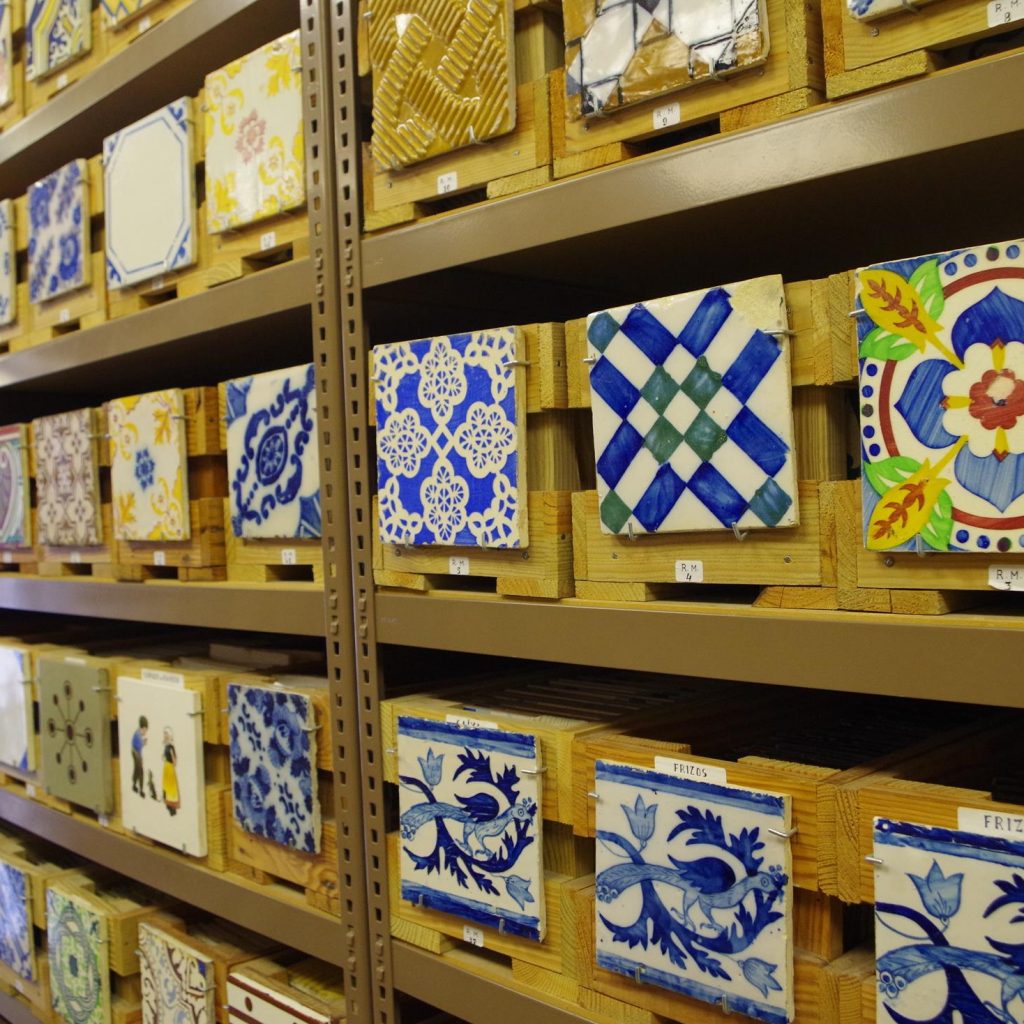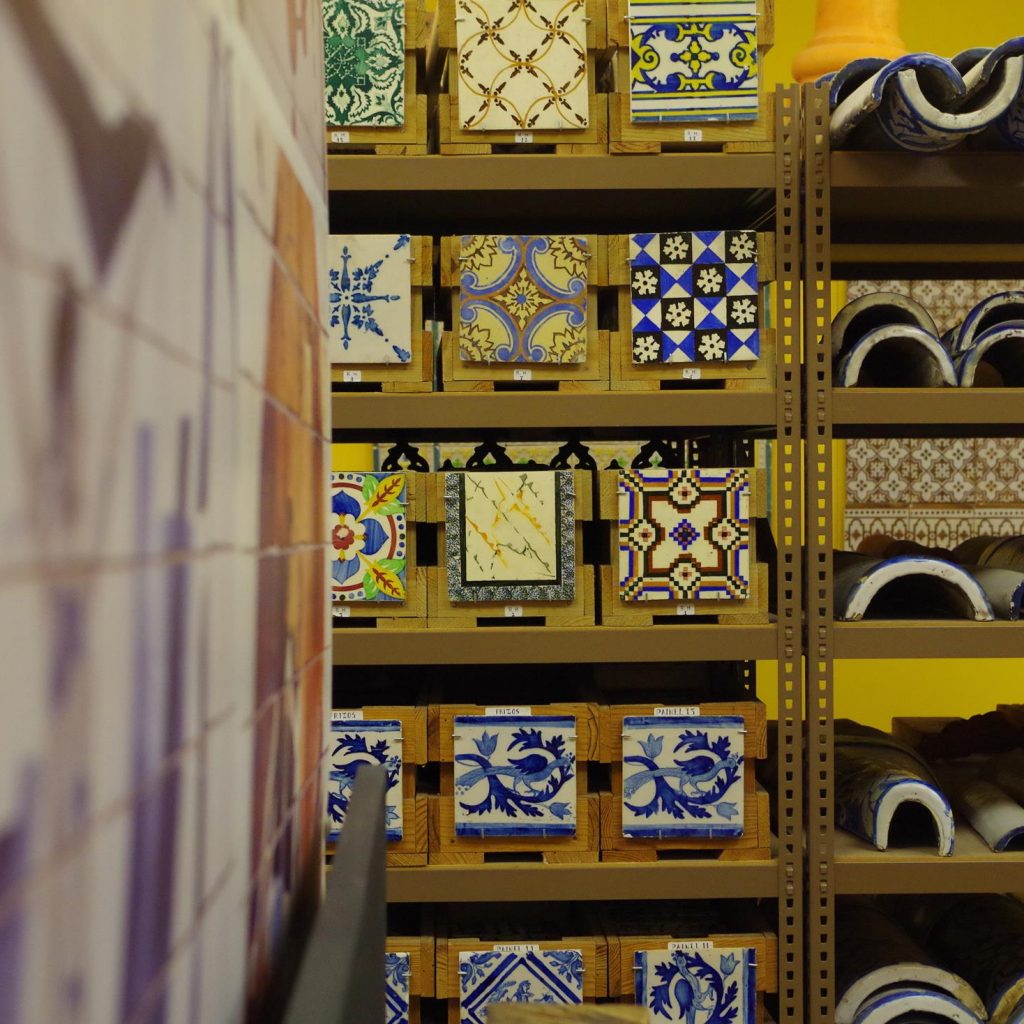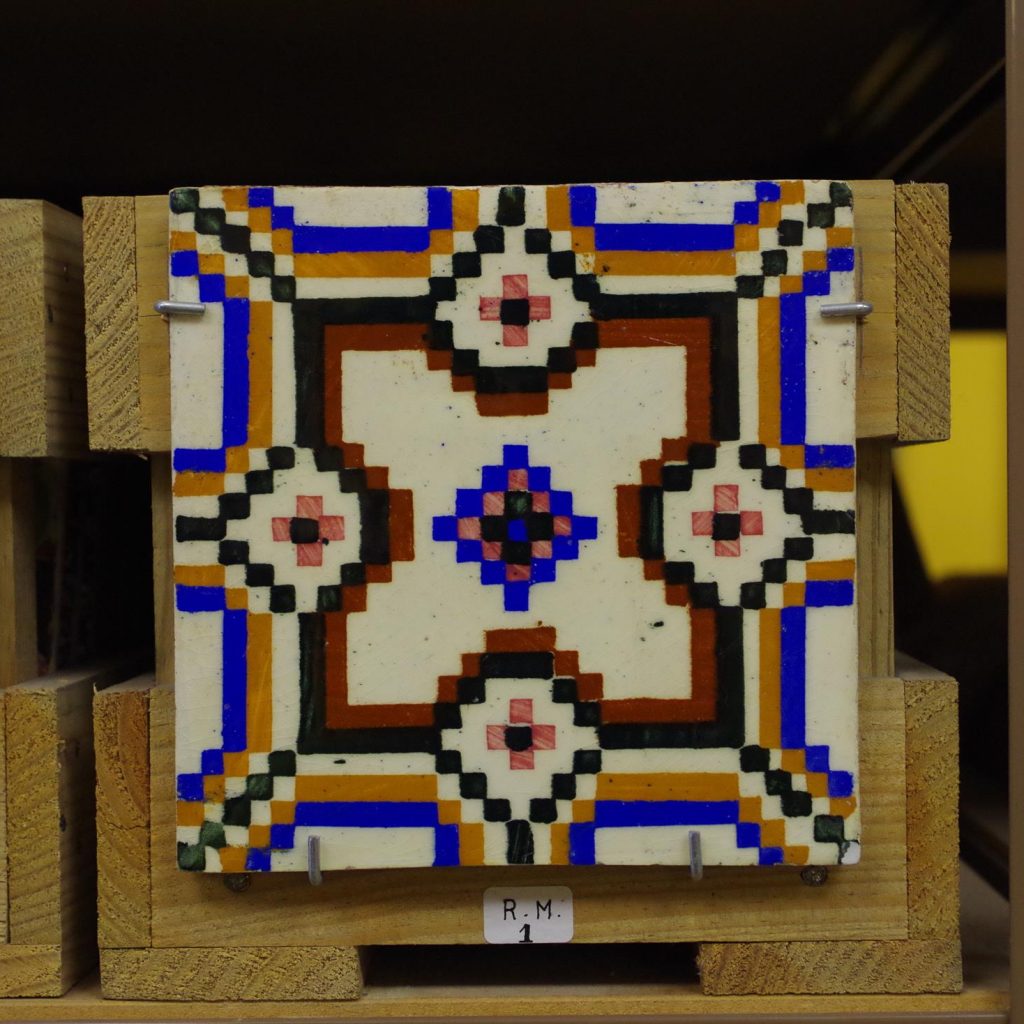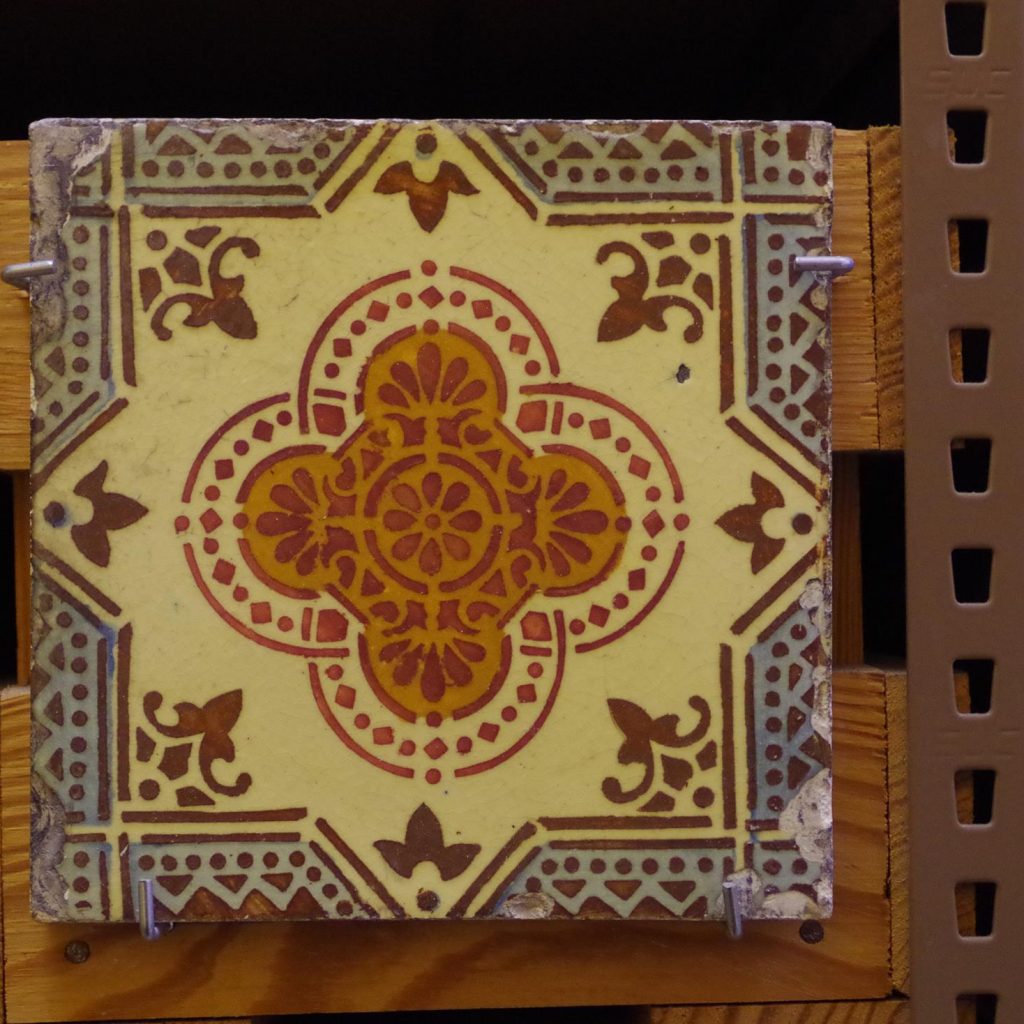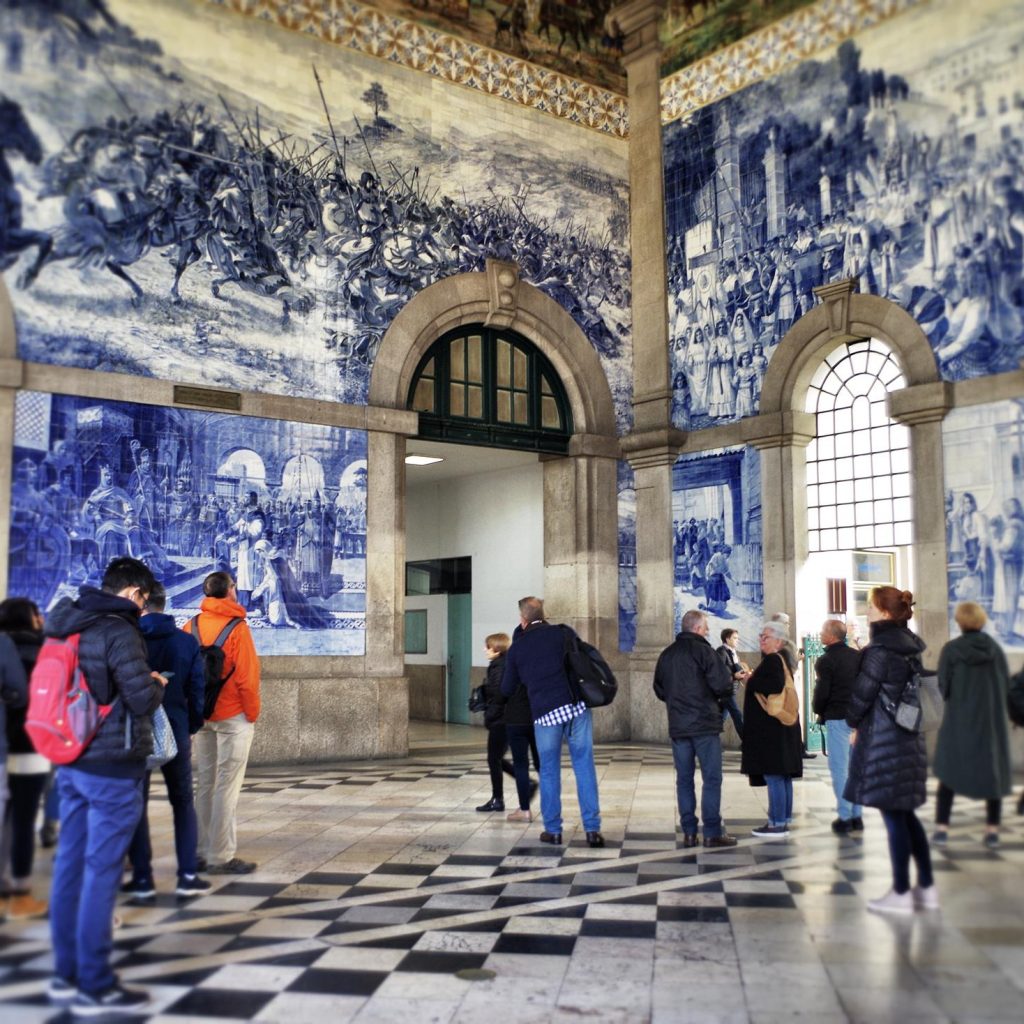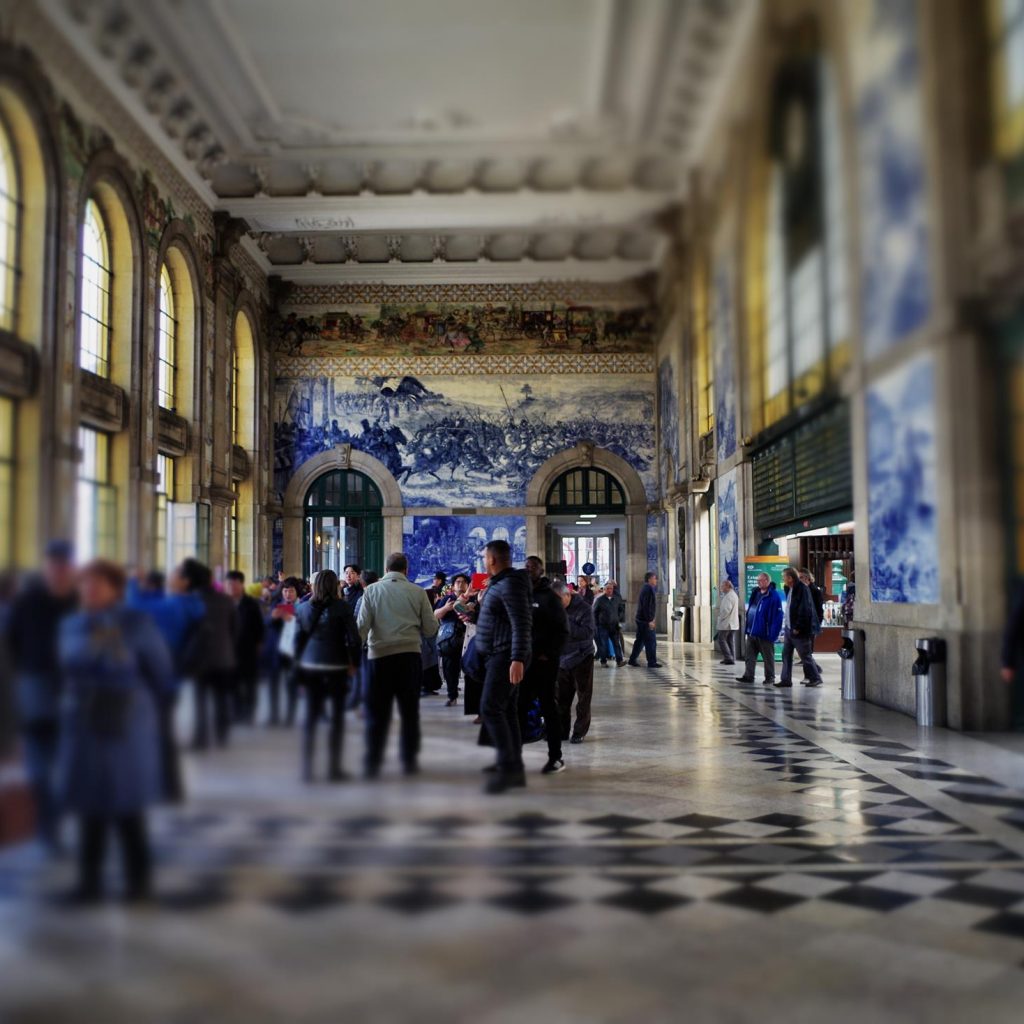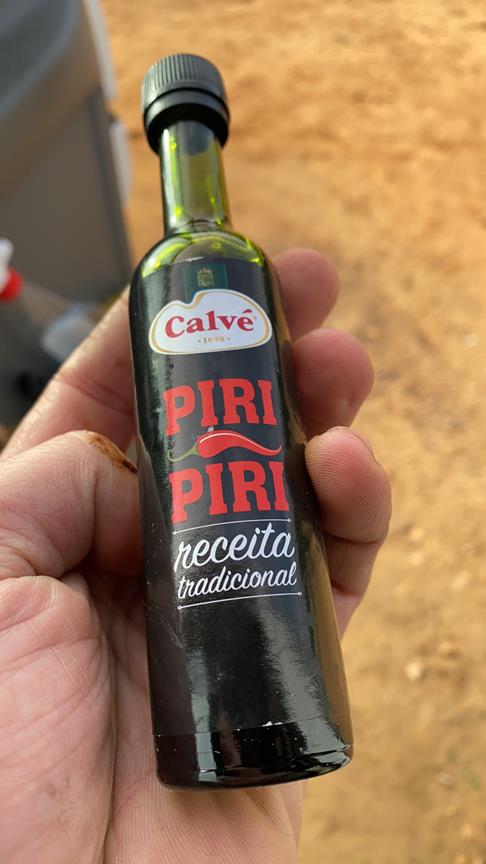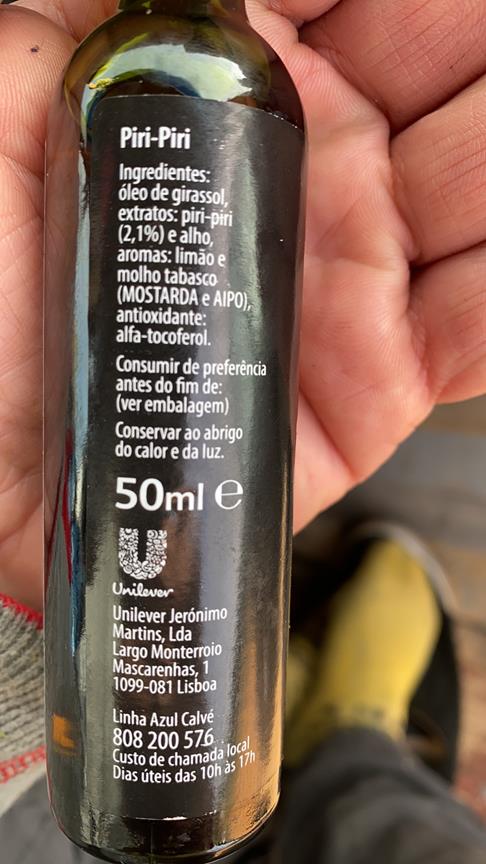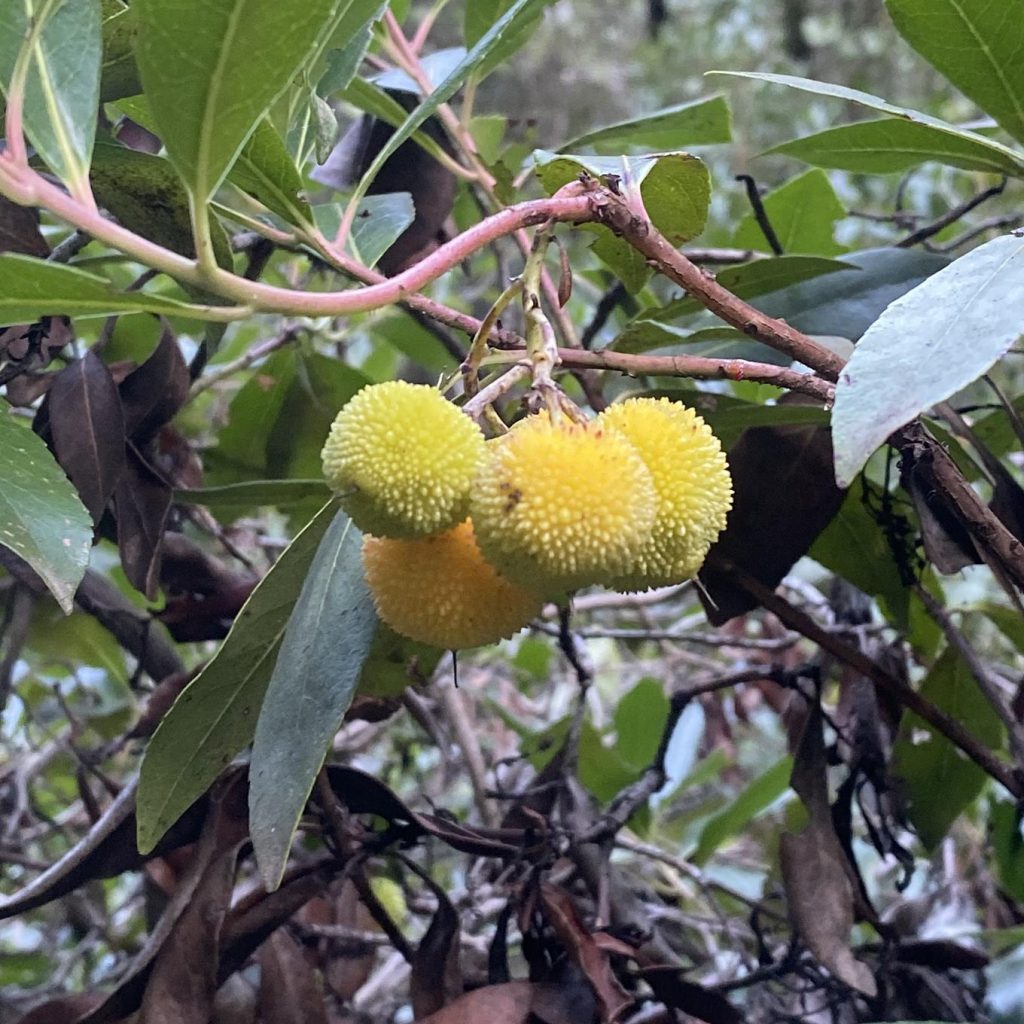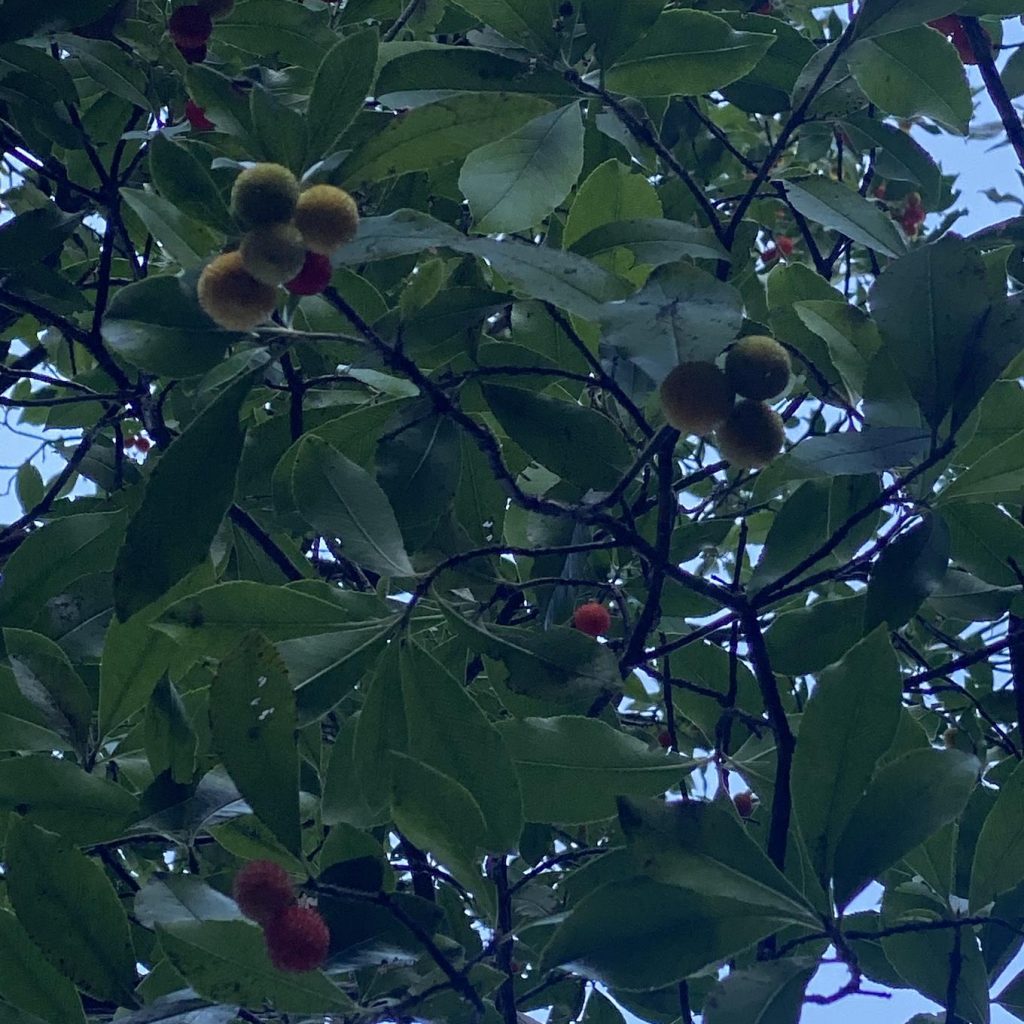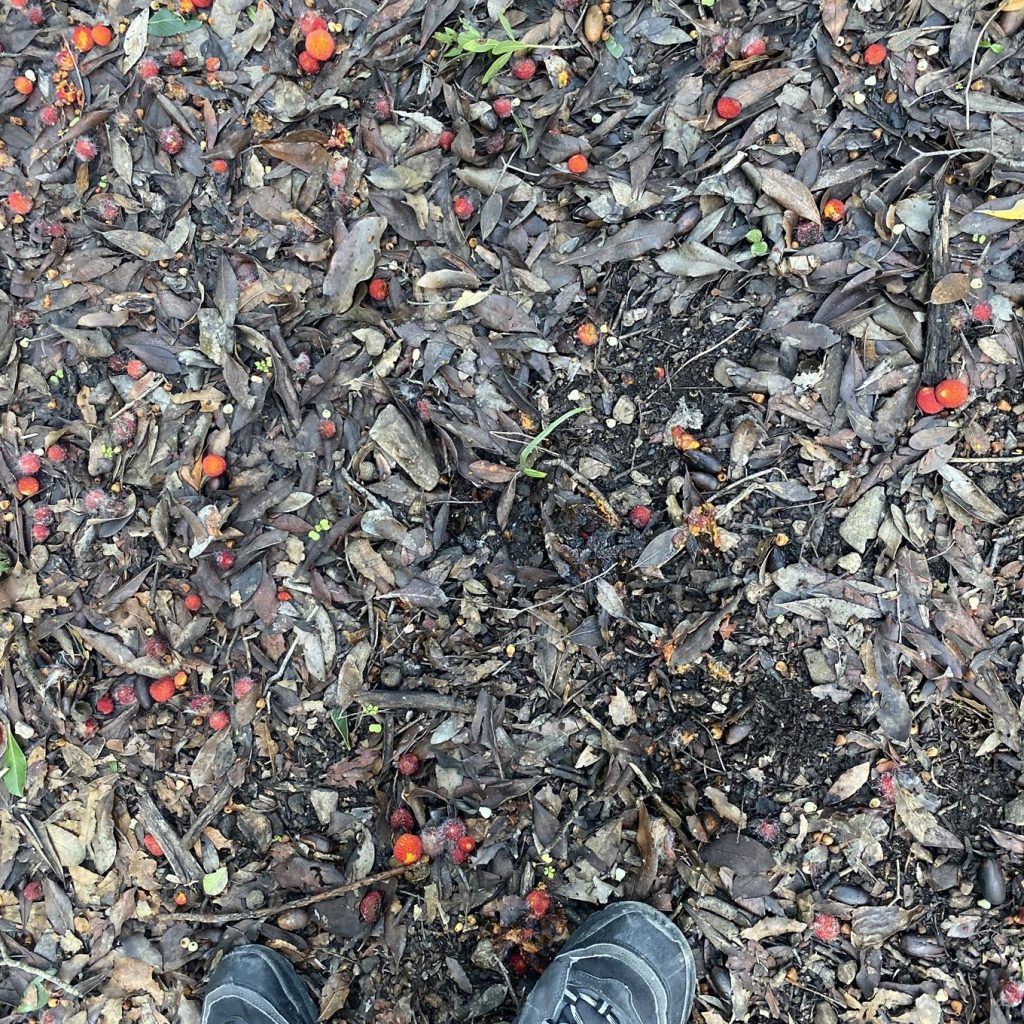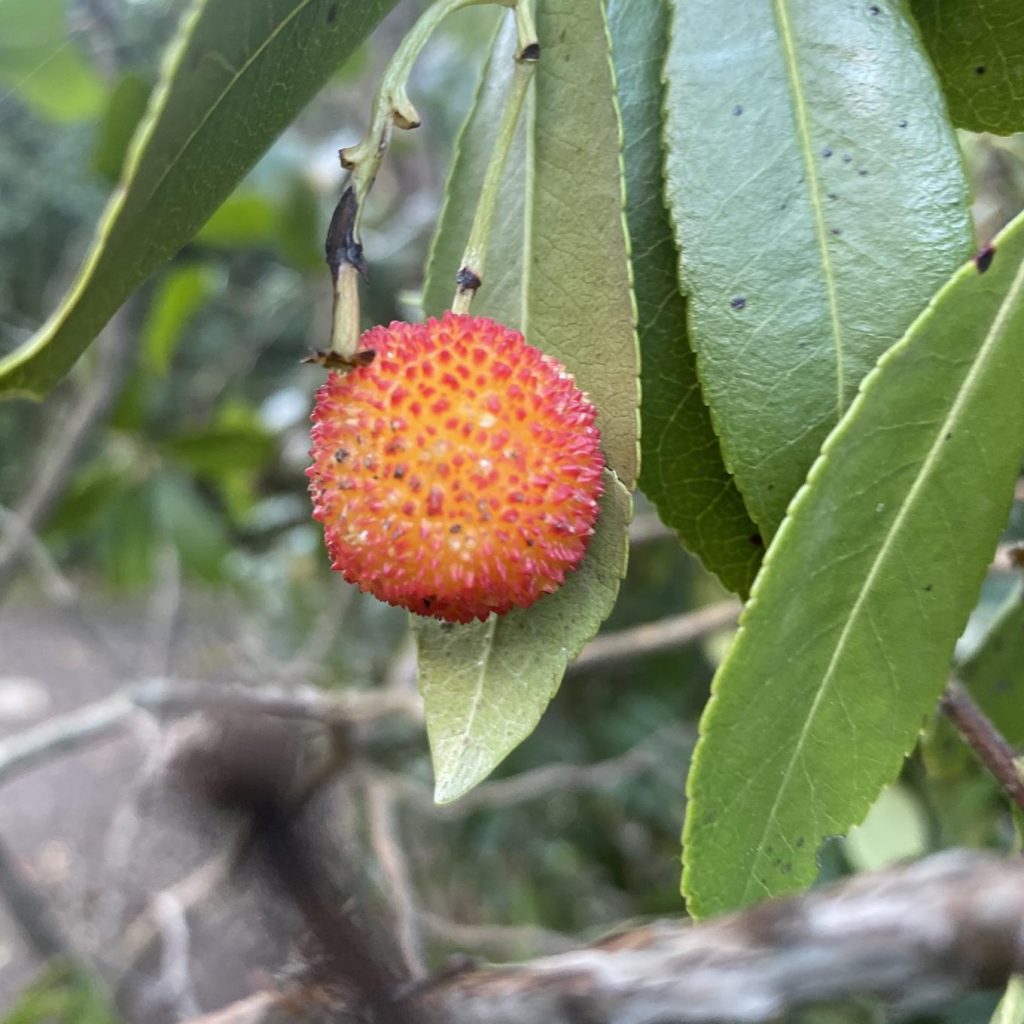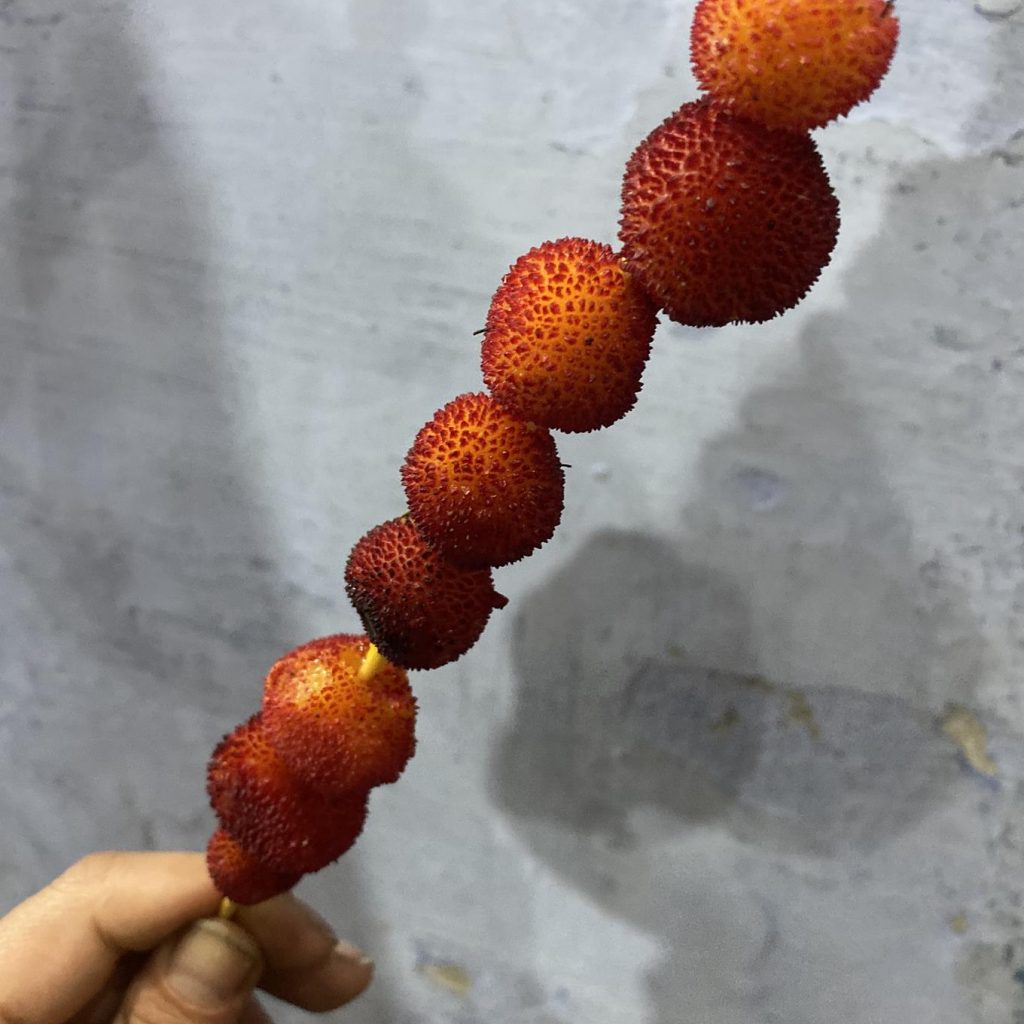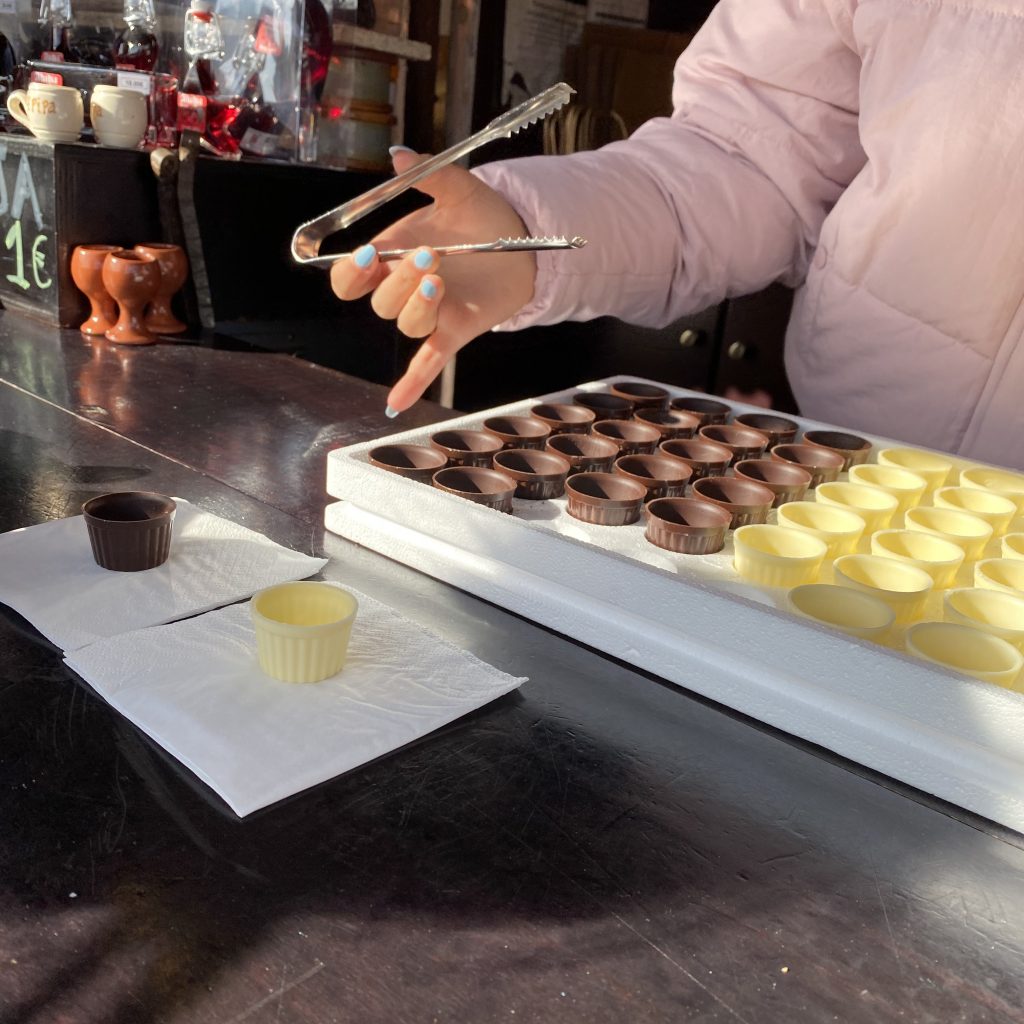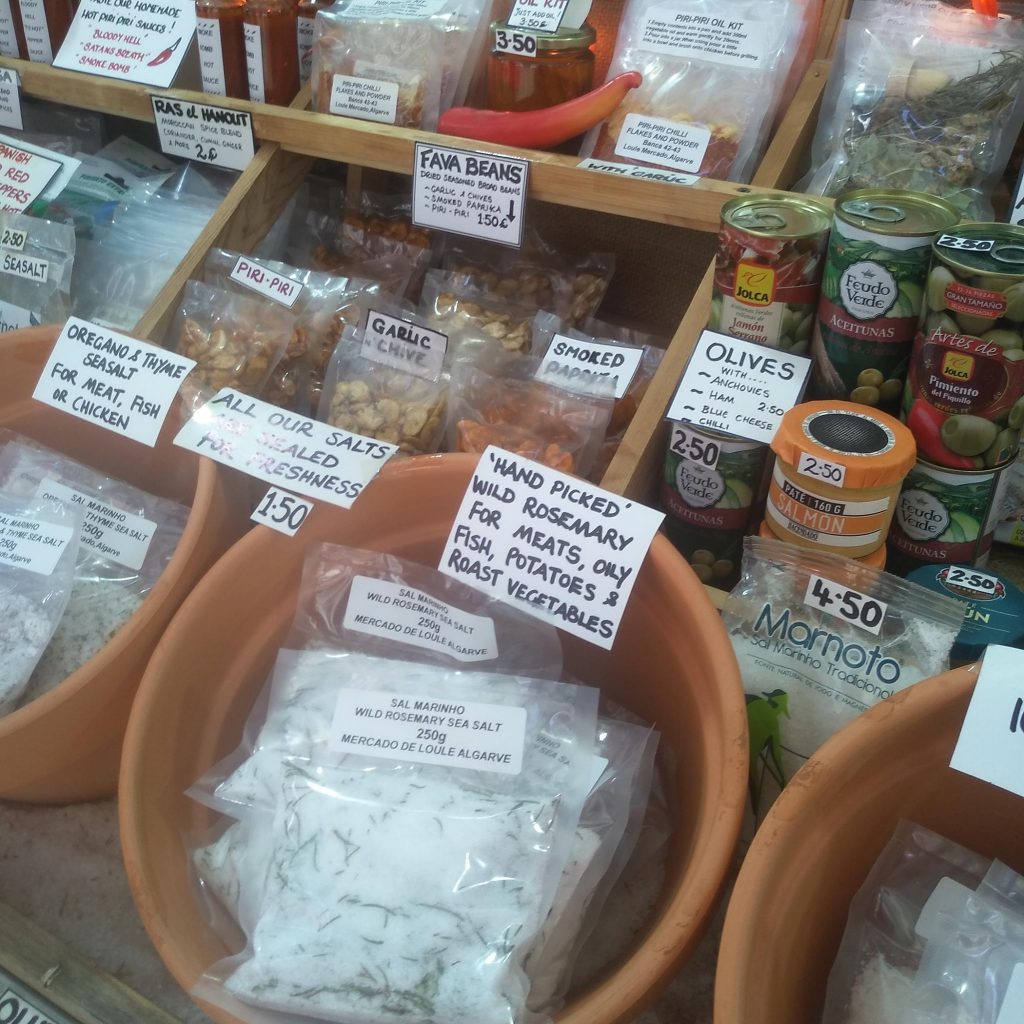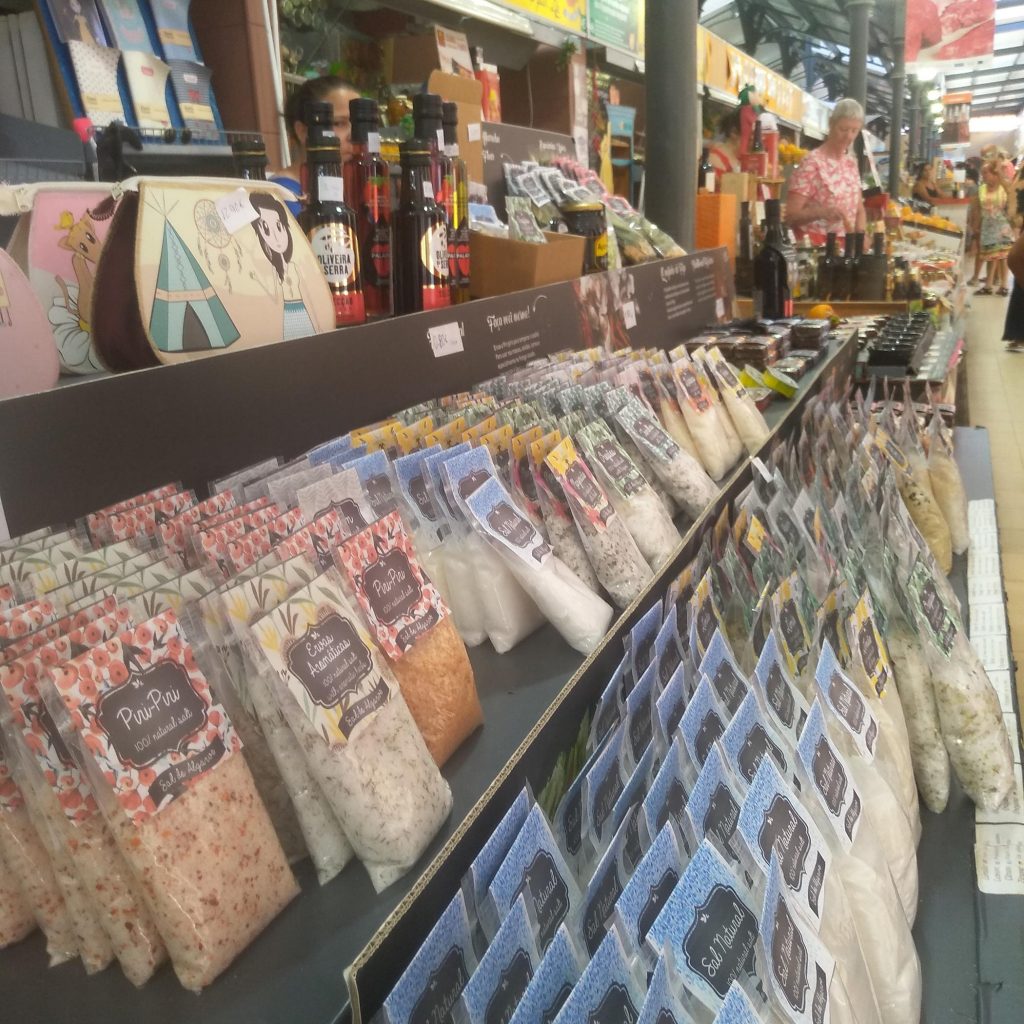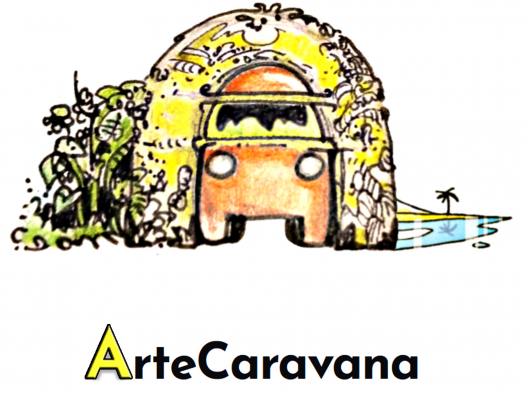
Leather handicraft straight from the workshop on four wheels
Wandering through Iberian lands
Algarve – the land of almonds, piri-piri, beautiful cliffs and strong winds. Last land recovered during Reconquista. Part 3: What is the Algarve famous for?
01/05/2020 1:48 PM
Today, the last part of the article from the Algarve series and it does not mean that we will not return to this beautiful region of Portugal. On the contrary! Earlier, we wrote about the region in general and about our favorite places that are worth visiting. In today's article, you'll learn what Algarve is famous for, what good things you can eat there, and what souvenirs to bring. Algarve, as you know, is located in the southern part of the country and was under the Moorish rule for the longest time, which means that to this day Moorish influences can be observed - in the landscape, language or cuisine.

What Moorish influences can we see in the Algarve? We already know that the name of the region comes from the Arabic language, as do many other place names and many other words in Portuguese. The Arabs also introduced advanced techniques in agriculture (including improving irrigation) and created a rich and progressive country. Because hard work was no strange to them, to this day it is said to "work like Maur". In Portuguese, the verb mourejar derived from the word "Maur" and it simply means "to work". You can devote a complete chapter to Arabic influences, so we will not focus on all of them now, but it is worth noticing that e.g. the names of certain plants come from Latin e.g. oliveira - olive tree, while the products / fruits from Arabic - e.g. azeitona - olive. It is borrowings that often give us a picture of reality because they call previously unnamed things which most often either came to a given place with a given population or those that were already in a given place, but it was only used by the invaders. In this particular case, we can conclude that it was only the Arabs who really made use of the olives, previously only the tree was named, which may indicate that no one was interested in its fruits. Of course, olive oil was actually produced thousands of years BC, and the first mention of direct consumption of olives in the Iberian Peninsula as an aperitif comes from the first century AD, but this practice flourished only in the Moorish times.
We'll take a closer look at it some other time and in the meantime we are coming back to our Algarve - we already know that the Moors were able to work hard, they improved agriculture and brought with them many new products. Almost 600 years of Arab domination has left the aura of the Orient, which can also be seen in white houses with terracotta roofs and Moorish chimneys, heard in language and dialects, and can be tasted in southern Portuguese cuisine.
When it comes to buildings, two things should be noted - chimneys and colors. Houses in Algarve are usually white due to the heat - white does not attract the sun and buildings do not heat up so much. We also come across other colors that can be interpreted: red corresponds, of course, to love, green to hope but most often we see houses painted blue - it is a color that scares away evil spirits and ... insects! The second most often chosen is yellow or gold, which of course attract wealth. Chimneys are a permanent element of the landscape of southern Portugal, they have different shapes and decorations. Because the houses themselves are quite similar from the outside, chimneys were a kind of indicator of our social status, or more simply - the contents of the wallet. They also served to distinguish our home from the neighboring one. As the shape often resembles minarets, there has been a theory that they also come from the Moors. The problem is that the oldest is from the 18th century - we know that the Moors from Portugal disappeared in the middle of the 13th century so they were already long gone .
However, there is a legend that when the last Portuguese lands were freed from the Moorish rule, the king gave the defeated invaders an ultimatum - they could either convert to Christianity or return to their lands in northern Africa. Some of them decided to stay but they only pretended to be Christians, in fact they stayed with their religion and because they were not allowed to build mosques, micro minarets in the houses were, in a way, supposed to replace them. What is the truth, we will probably never know, because despite the long research I've made I could not reach any reliable source that would describe exactly the genesis of the appearance of chimneys in the Algarve.
In the past, houses had two chimneys - one in the "living room" where herbs, meat or fish were dried, the other in the kitchen used to prepare meals. Currently, most often only one chimney is needed, the others are decorative, therefore they are not dirty and are often snow-white. They are just a decorative architectural detail. As you drive through the villages of the Algarve, look around and remember - the more chimneys, the richer the family!
We have to mention Azulejos today! I think that every fan of Portugal or southern Spain knows this word, which may sound a bit crazy to those who have never heard it before = /ɐ.zu.ˈlɛ.ʒu/ ! So what are we talking about? About ceramic tiles that can be found in entire Portugal and in half of Andalusia. The word itself comes from an Arabic one which means "small, smooth stone," or Spanish / Portuguese, meaning "blue." They were made in ancient times in Egypt. A technique for producing ceramics reached northern Africa along the silk route from China. Then it was perfected and later taken to the Iberian Peninsula. In Spain, azulejos tiles (we read "azulehos" in Spanish) and the art of making and decorating them was adopted mainly in Andalusia, and more specifically in Seville and the surrounding area, while in Portugal it has spread throughout the whole country and has become one of the country's trademark. Azulejos tiles were initially painted only in blue and it was forbidden to depict people or animals because it is forbidden in Islamic religion. With time, new dyes appeared (from metal oxides: red from iron or green from copper), new techniques (for example they learnt how to achieve three-dimensional effect using the "punto de diamante" ("diamond tip") technique ), and increasingly sophisticated patterns. Thanks to this, today we can admire beautiful works of art painted on azulejos tiles in many churches, on the facades of buildings or even at railway stations, which depict not only plant motifs but lives of saints, portraits, everyday life, landscapes and actually - the whole history of Portugal.
One day we will also take you on a virtual journey to Porto, where the Sao Bento Station (Saint Benedict) is located - this is probably the most famous and spectacular place where you can admire the scenes from the history of Portugal on several thousand small ceramic tiles. The picture is below - although remember, it's not from Algarve but from Porto!
Azulejos tiles are not only a decoration, ceramics are great as insulation, which is why often entire building facades are lined with azulejos - thus the interior is protected from excessive heat in the hot Portuguese summer. An ideal souvenir, not only from Algarve but from Portugal in general, will be just an azulejo tile in a cork frame (a coaster) - among the most frequently chosen by tourists are those with a traditional blue pattern or with a Portuguese rooster , grilled sardines, with a Lisbon tram or with a Portuguese fado guitar.
We would also like to tell a little bit about Portuguese cuisine focusing primarily on the Algarve because this is the region we are talking about today. Portuguese cuisine is very diverse. If someone asked you what Spanish dishes you know, you would definitely answer paella, tortilla and gazpacho. In Portugal you could list entire day and it would not be enough. The dishes in the north are heavier, you eat more meat, soups, stews. In the south, seafood and fish reign. Every region, and almost every city has a traditional dish - for example, in Porto tripes, in Lisbon salads and sardines, in Alentejo „Carne de porco à alentejana” (clams with pork) or „La açorda à alentejana” (soup)... and so on and so forth. Portuguese cuisine in our opinion is rather bland (but we are Polish!), not too much spice is used but in the south, due to Arabic influences, the dishes are more aromatic and with the addition of many herbs. Whe you are in Algarve you have to try cataplana. It is a kind of stew with a lot of seafood, fish (although, as in the case of Spanish paella, there are meat versions already) and vegetables like peppers, potatoes (can be rice), onions, spices, herbs and white wine. Stewed in a copper dish also called cataplana – this is the smell of Algarve! You can't leave without trying it!

You can also order cod - the king of Portugal. It is said that there are 365 ways to prepare it, and every self-respecting housewife knows them all so she can serve her husband a different variation every day. We will not list 365, although maybe in the future we will share with you several different options on our blog. Today we've decided to mention one - bacalhau a bras - it is something like scrambled eggs with cod, onions, olives, parsley and micro fries, which look a bit like Polish pasta for broth. In most restaurants in Algarve we have a choice of grilled (grelhado) meats, fish and seafood, which are also worth paying attention to. Remember, you are at the oceanside, in the Algarve we focus on what we can fish out of it! Alternatively, for those who prefer meat, the second must-eat in Algarve is frango piri-piri - chicken seasoned with a spicy sauce made of piri-piri peppers.
When going to the restaurant, remember - appetizers are not for free. As soon as we sit down and the waiter comes to give us the menus he will also place appetizers (starters) on the table - olives, cod pate, bread, cheese - in this case there is no problem as the prices vary from 1,5 eUR to 2,5 EUR but if the waiter brings a few slices of black, Portuguese pig - then the price of such an appetizer can be higher than of the main course and believe me, I've been there and it does happen sometimes! Of course, you don't have to take starters, you can just shake your head so that the waiter takes them and if he doesn't – put them aside at the end of the table. If you start eating them, obviously you will have to pay. To accompany your dinner you can choose Sagres beer, which is very popular south of Lisbon, including the Algarve. In the north people prefer Super Bock. An interesting fact is that beer bought in a bar or restaurant has practically the same price as a bottle bought in a store. If you prefer wine over beer unfortunately Algarve is not really famous for good wines but you can order vinho verde from the Minho region (region located on the other side of the country, in the very north - borders with Galicia) - it is a fresh, sparkling green wine ideal for light, summer dishes like fish. If you prefer something non-alcoholic, it's freshly squeezed orange juice is a must!
In all of Portugal, as you know, you drink wine which is not very popular in Algarve – maybe the climatic conditions are not suitable for wine production cause the local brands we have tried are not as good as those from the north. Maybe that's the reason why the lcoals they prefer medronho - a strong spirit, traditional fruit brandy made from the fruit of the Mendronho tree sometimes called strawberry tree. I would say medronho is something between a wild strawberry, blueberry and strawberry, it gives fruit from which alcohol of the same name is made. It can be aguardente (fire/burning water - a name that refers to everything in Portugal that has more than 20%) so fruit brandy or you can also choose a medronho liqueur, which will be sweeter and of course weaker. The Portuguese generally do not like strong alcohols much just like the Spaniards and they like wines (although among the younger generations beers are getting more and more popular), fortified wines and liqueurs, which are often drunk after a meal for better digestion. It is also quite possible that we would be offered a glass of something stronger when we have a coffee and cake visitng our friend.
A typical Portuguese dinner is the first course (usually soup), main course and dessert with coffee. So if after lunch you would like to behave like a real Portuguese order a small, black coffee called bica and a glass of digestif – and there are plenty options to choose from. You can choose ginjinha cherry liqueur, drunk all over the country. For lovers of something stronger, Bagaçeira or alcohol from grape skins or aquardente de figo or fig vodka. However, if you are interested in something more typical for Algarve, be sure to choose amarguinha almond liqueur.
The legend (which you read at the castle in Silves) says that almond trees were planted by one Arab prince for his beloved wife. She came from northern Europe and longed for snow, so clever Maur ordered to plant almond trees around the castle. The petals when falling from spring-blooming flowers resembled her snow. Not only almonds came with the Moorish conquest, but also apricots, carob, figs, pomegranates and the first orange trees, and very many other food products, e.g. saffron.
To sum up - being in the Algarve is worth going to the market, it can be the one that takes place every Saturday in Loule. The perfect souvenir from this region (but also from all over Portugal) is a ceramic azulejos tile in a cork frame, which will serve as a coaster at the same time will remind you of a wonderful journey. Something more typical for the region of Algarve is amarguinha liqueur made of almonds, or a fruit brandy called medronho, and of course a small bottle of piri-piri sauce. At the market there is also a large selection of honey, cheese, salt and olives! After shopping, be sure to go to the restaurant for dinner: cataplana or piri-piri chicken with Portuguese Sagres beer or freshly squeezed orange juice and a shot of digestif to finish your meal!
The entire series of articles about Algarve:
